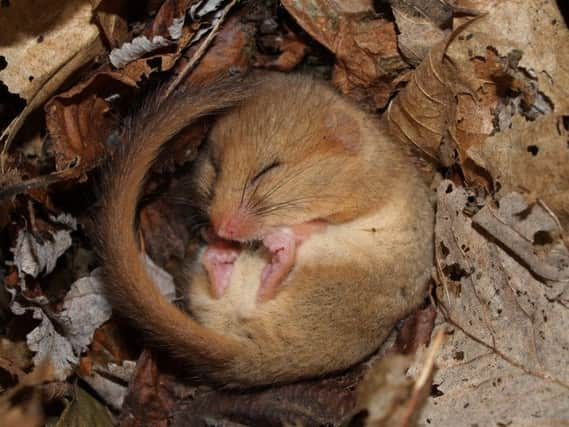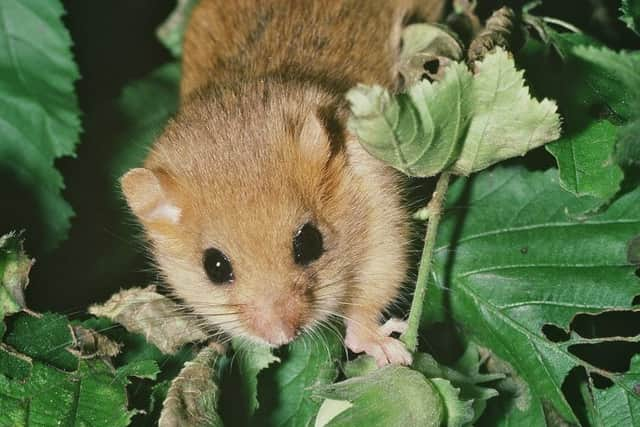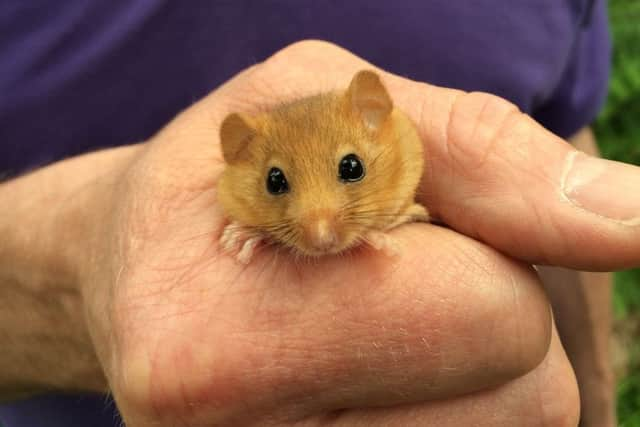Endangered dormice are released into Yorkshire Dales


Some 38 dormice, a native British mammal, are being released at an undisclosed location in woodland near Aysgarth by the People’s Trust for Endangered Species (PTES) and the Yorkshire Dales National Park Authority.
The once common hazel dormouse, immortalised as a sleepy member of the Mad Hatter’s tea party in Alice in Wonderland, has suffered from the loss of woods and hedgerow habitat and changes to countryside practices over the last century.
Advertisement
Hide AdAdvertisement
Hide AdThe reintroduction is part of wider efforts to bring the elusive mammal back to places across England from where it has disappeared, and tackle declines which have seen the species become rare and vulnerable to extinction in the UK.


It follows a successful scheme in 2008 which brought dormice back to a nearby woodland in Wensleydale after a century’s absence from the Yorkshire Dales, the experts said.
The PTES has worked with the National Park Authority and Bolton Estate to find a site near the 2008 release location to give the population the best chance of long-term survival.
Ian White, dormouse officer at PTES, said: “The two reintroduction sites are close enough that the separate dormice populations will eventually be able to meet up and breed, creating a self-sustaining population.
Advertisement
Hide AdAdvertisement
Hide Ad“In addition, the programme of habitat management in the area will have great benefits for a number of other species too such as birds and bats.”


Ian Court, the National Park Authority’s wildlife conservation officer, said: “It is fantastic that we are undertaking this additional release that will help build on the original successful re-introduction in the heart of Wensleydale.
“We look forward to working with landowners and managers to help create a network of managed hedgerows and woodlands within the lower Wensleydale area that will look to re-establish a species back into the Yorkshire Dales that has been missing for many generations.”
The dormice have been bred in captivity, and before being released have undergone a six-week quarantine and given a full health check to ensure they are in good condition and will not pass on non-native diseases.
Advertisement
Hide AdAdvertisement
Hide AdThe dormice are being released on site in breeding pairs or groups of three in wooden nest boxes fitted inside mesh cages secured to trees and filled with food and water, allowing them to adjust to their new home in the wild.


The cages are eventually removed once the animals have settled into their woodland habitat.
It is the 26th reintroduction led by the PTES, with more than 750 dormice released into the wild at 19 different sites in 12 English counties, the wildlife charity said.